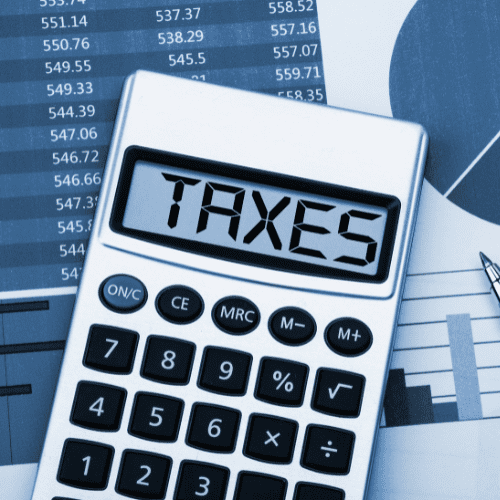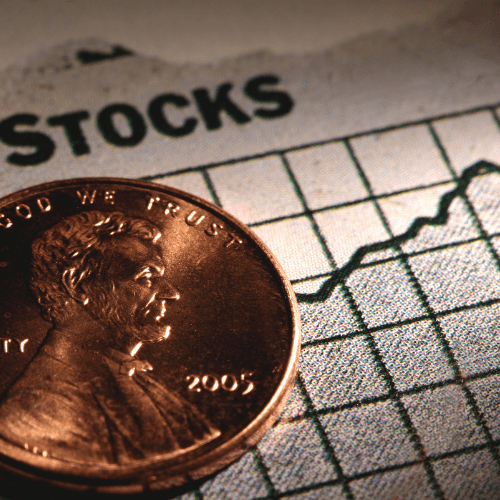


A Tale of Two Financial Perspectives: A Broker vs. A Fiduciary Financial Planner
I was once referred to a man named Peter. Peter was looking for investment advice, so we arranged to meet for lunch in the Little Italy neighborhood of Chicago. During our conversation, I asked Peter a lot of questions to understand what he was looking for, what was important to him and his family, and what had motivated him to seek new advice. That lunch turned into a follow-up phone call that lasted nearly two hours. He was impressed we meet clients by phone and Zoom in the evenings (7:30pm) once or twice a week. What I learned about Peter—a man in his seventies—was both inspiring and insightful.

Understanding Buyouts and Their Implications
Understanding Buyouts and Their Implications What we can learn from the Federal buyout fiasco. February 2025. Making Informed Decisions When Facing a Buyout Offer At Sterling Edge Financial, we know that unexpected career transitions can be daunting, especially when...
Why Bonds Present Opportunities in This Market Environment
Why Bonds Present Opportunities in This Market Environment Interest rates are fluctuating as investors adjust their expectations around economic growth, Federal Reserve rate moves, and the Trump administration’s policies. The 10-year Treasury yield had risen as high...
Special Update: What the DeepSeek Moment Means for Investors
In the 1940s and early 1950s, computers were the size of buildings and used vacuum tubes – large glass tubes that were fragile and consumed enormous amounts of power, generating significant heat. A former IBM Chairman is thought to have said “I think there is a world market for about five computers.” However, by the mid-1950s, semiconductor chips were invented which were far smaller, more efficient, and performed calculations much faster. This breakthrough led to the information technology revolution that continues today.
